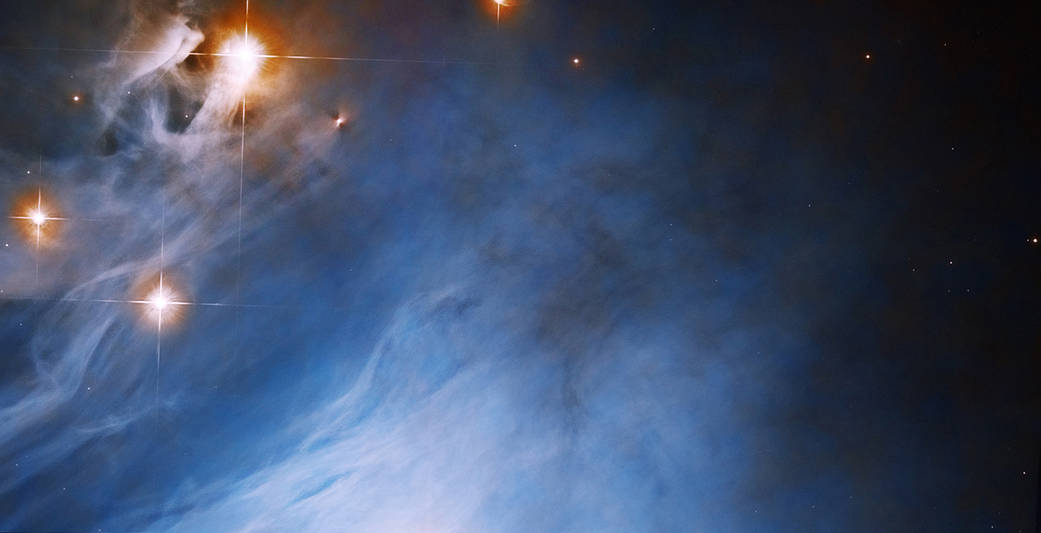—
NASA Seeks Partnerships to Expand the Use of OSAM-1 Technologies
NASA has recently announced a significant initiative aimed at fostering innovative partnerships for the On-orbit Servicing, Assembly, and Manufacturing 1 (OSAM-1) mission. Released on September 5, 2024, the Request for Information (RFI) is designed to explore potential collaborations with U.S. organizations that can leverage OSAM-1 flight hardware, testing facilities, and skilled personnel. The overarching goal is to enhance commercial, civil, and national objectives, strengthening America’s leadership in In-space Servicing, Assembly, and Manufacturing (ISAM) capabilities.
Understanding OSAM-1 and Its Significance
The OSAM-1 mission represents a groundbreaking effort in space technology. At its core, OSAM-1 is focused on performing servicing tasks on satellites and other spacecraft while in orbit. This includes refueling, repairing, and upgrading existing satellites, as well as assembling new structures in space. This capability is crucial for extending the operational life of satellites, reducing space debris, and enabling the construction of larger and more complex structures in space.
The Importance of the RFI for OSAM-1 Partnerships
NASA’s RFI seeks to gather information from various U.S. entities interested in utilizing OSAM-1’s resources and technologies. The request is open to organizations across different sectors, including commercial companies, civil agencies, and national institutions. The aim is to identify potential partners who can contribute to and benefit from the development of ISAM capabilities.
Interested parties are encouraged to review the comprehensive list of OSAM-1 resources and technologies available in the full RFI document. These resources include advanced robotic systems, sophisticated testing facilities, and a team of experienced personnel. By partnering with NASA, organizations can access these valuable assets to advance their own projects and initiatives.
Key Dates and Submission Information
For those interested in participating, it is essential to note that responses to the RFI are due by September 30, 2024, at 11:59 p.m. EDT. Detailed information and submission guidelines can be found on the official website, www.sam.gov.
Potential Benefits of OSAM-1 Partnerships
Collaborating with NASA on the OSAM-1 mission offers numerous advantages for participating organizations. Here are some key benefits:
- Access to Cutting-Edge Technology: Partners can utilize NASA’s state-of-the-art OSAM-1 flight hardware and test facilities, which are at the forefront of space technology.
- Expertise and Experience: NASA’s team of experienced personnel brings invaluable knowledge and skills to the table, providing guidance and support to partners.
- Advancing National Objectives: By participating in the OSAM-1 initiative, organizations contribute to advancing national goals in space exploration and technology.
- Commercial Opportunities: The collaboration opens up new business avenues and commercial opportunities, fostering innovation and growth in the space industry.
- Strengthening U.S. Leadership: Enhancing ISAM capabilities is crucial for maintaining and strengthening the United States’ leadership in space exploration and technology.
Technical Jargon Explained
For those unfamiliar with some of the technical terms used in this news, here’s a brief explanation:
- On-orbit Servicing: This refers to the process of performing maintenance, repairs, or upgrades to satellites and other spacecraft while they are in space, rather than bringing them back to Earth.
- Assembly: In the context of space, this involves putting together large structures or components in orbit, which can be more efficient than launching them fully assembled from Earth.
- Manufacturing: This refers to the production of new components or structures in space, using raw materials that may be transported from Earth or sourced from space itself.
Good to Know Information
- Historical Context: The concept of on-orbit servicing dates back to the 1980s with the Hubble Space Telescope, which underwent several successful servicing missions. OSAM-1 builds on this legacy, incorporating more advanced technologies.
- Future Implications: The success of OSAM-1 could pave the way for more ambitious projects, such as constructing space habitats or refueling interplanetary spacecraft, significantly reducing the cost and complexity of space missions.
Industry Reactions
The announcement of the RFI for OSAM-1 Partnerships has generated considerable interest within the space industry. Several leading aerospace companies and research institutions have expressed enthusiasm about the potential for collaboration.
- Commercial Sector: Companies in the commercial space sector see this as an opportunity to develop new business models and technologies. The ability to service and upgrade satellites in orbit could lead to more sustainable and cost-effective satellite operations.
- Academic and Research Institutions: Universities and research institutions are excited about the potential for collaborative research projects. The availability of NASA’s resources and expertise can significantly enhance their research capabilities and contribute to scientific advancements.
- Government and Defense: Government agencies and defense organizations recognize the strategic importance of ISAM capabilities. Enhancing these capabilities can improve national security and support critical missions.
Conclusion
NASA’s RFI for OSAM-1 Partnerships marks a significant step towards advancing In-space Servicing, Assembly, and Manufacturing capabilities. By inviting U.S. organizations to collaborate, NASA aims to leverage the collective expertise and resources of the commercial, civil, and national sectors. This initiative not only supports the development of cutting-edge space technologies but also strengthens America’s leadership in space exploration.
Organizations interested in participating should review the detailed RFI document and submit their responses by the specified deadline. The potential benefits of collaboration are substantial, offering access to advanced technology, expertise, and commercial opportunities.
For more information and to view the full RFI document, visit www.sam.gov.
—
This comprehensive and informative post provides a detailed overview of NASA’s initiative, making it accessible and engaging for readers of your tech blog.
For more Information, Refer to this article.


































